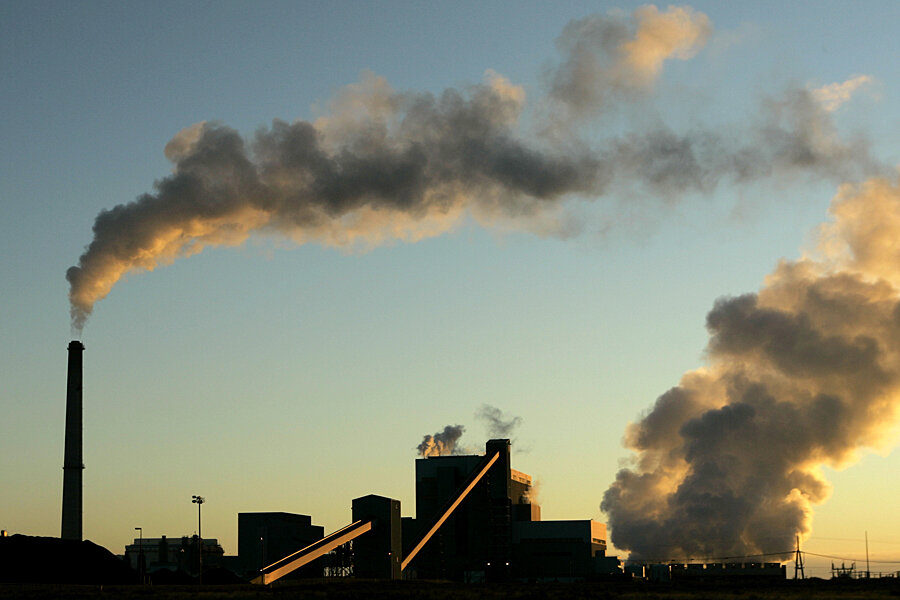Global climate change solution still possible ... but barely, says report
Loading...
World leaders have a rapidly closing window of opportunity to decarbonize the global energy supply before rising greenhouse gas emissions cause irreversible harm to the planet.
That’s the conclusion of an interim report released Tuesday by two international sustainable policy organizations. The report, which aims to guide upcoming climate negotiations, calls for a rapid and dramatic overhaul of how the world uses energy without undermining economic growth.
It’s part of a broader effort to reshape how international climate agreements are made. Officials are already planning for a United Nations climate summit in Paris next year, seen by many as a last chance for comprehensive international action toward curbing man-made emissions of heat-trapping gases. Past accords have failed to gain traction, but analysts hope that a more individualized, research-oriented approach may make global commitments more feasible.
Tuesday’s report, released by the New York-based Sustainable Development Solutions Network and the Paris-based Institute for Sustainable Development and International Relations, examines how the world’s top carbon emitters could chart individual paths toward a low-carbon future.
It will not be easy. Limiting the rise of global average temperatures within a generally accepted safe range “is achievable, but just barely,” says Jeffrey Sachs, director of the Sustainable Development Solutions Network and The Earth Institute at Columbia University in New York.
“We have gone on so far with rising carbon dioxide emissions and rising greenhouse gases more generally, that we’re just about to meet this crucial limit,” Mr. Sachs told reporters on a press call Monday.
Independent, nongovernmental teams from 15 countries representing most of the world’s greenhouse gas emissions developed plans that would cut energy-related carbon emissions 45 percent between 2010 and 2050. Even that is not enough to make staying below a safe range of warming “likely,” according to the report, titled Pathways to Deep Decarbonization. But the authors hope to include additional measures in a final version scheduled to be released next spring.
Those measures fall under three broad categories:
- Greatly improving energy efficiency and conservation across all sectors (e.g. more efficient cars and trucks, better designed buildings and cities, and improved industrial equipment and processes);
- Using more electricity from low-carbon energy sources like wind, solar, geothermal, nuclear, and fossil fuels with technology to capture carbon emissions;
- Switching to lower carbon fuels in transportation, buildings, and industry
Each country plan uses a unique approach to achieve cuts in these categories, but they all require additional funding for research and development, and increased financial support for deploying clean-energy systems.
Global investments in clean energy fell 14 percent to $214 billion last year, according to an analysis from the United Nations Environment Program and two collaborators. That’s after falling 11 percent the year before.
The biggest need: research and early-stage development. The world underinvests in clean-energy research, development, and demonstration by roughly $70 billion a year, according to the Center for Clean Energy Innovation, a Washington-based organization that designs and advocates for clean-energy policy. That amounts to only 13 percent of what the world spends on global fossil-fuel subsidies, according to CCEI, and 27.5 percent of what it invests in deploying clean-energy technologies.
“The main lesson in history is that targeted R&D works,” says Sachs, who says clean energy needs a large public-private effort along the lines of the Manhattan Project or the push to put a man on the moon. “The remarkable fact is that we have not invested [enough] in an issue that is of existential importance to the planet.”








